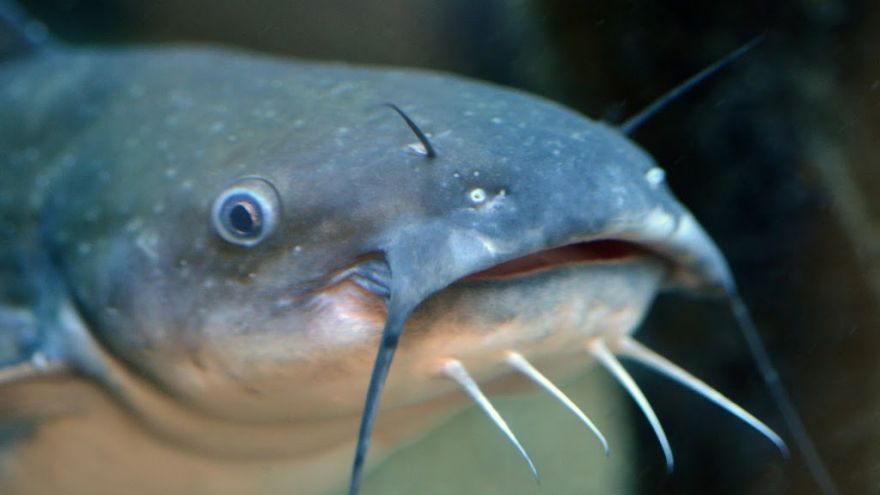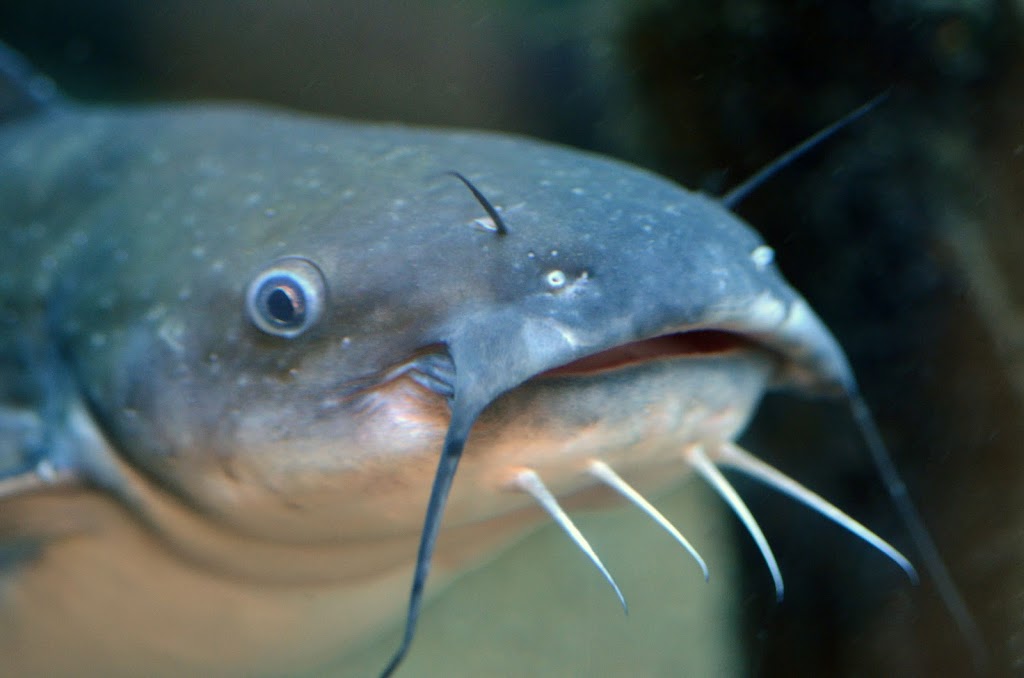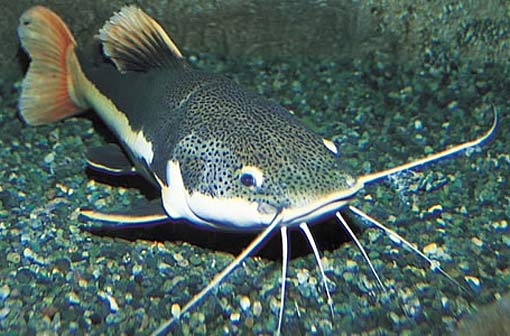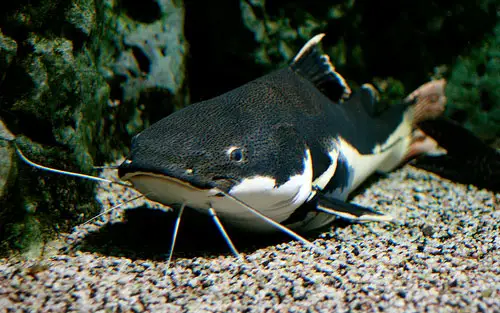The Ultimate Catfish Guide
 The Ultimate Catfish Guide
gearweare.net
The Ultimate Catfish Guide
gearweare.net
If you have wondered what makes the sport of catfishing so popular, this Ultimate Catfish Guide will provide you the reasons why and how you can enjoy success in the game. Besides the great taste they provide on the dinner table, the experience they deliver as you bring them out of the water is one of a kind.
Seemingly, catfish are eager to feast on any offering that is presented to them. With the abundance in numbers in the world and this aggressive feeding habit, catfish are catchable by all levels of anglers, from young and old, to new or veteran.
Not to mention, once on the line, catfish are known to give the angler a good fight. The size and strength of catfish makes retrieval a challenge, as they try to work themselves free from a hook. Their ferociousness to gain freedom makes any angler enthusiastic to experience the thrill.
All About Catfish

Catfish can be found nearly anywhere in the world, with the exception being Antarctica. According to the World Fishing Network, there are 3,000 or more species of catfish on Earth. Their population is strong and widespread, despite the fact that they are one of the most harvested fish in the world due to their popularity as a delicacy.
Catfish can be found in all types of water bodies, from freshwater to saltwater habitats… from rivers and streams to our vast oceans. Catfish thrive is numerous ecosystems, whether it be a raging river or a warm, stagnant pond. Known to survive from 8 to 20 years in the wild, the heartiness of catfish allows them to live well in a broad range of water temperatures, from just above the freezing mark to nearly the century mark.
While often being misconstrued as a garbage feeding species, who feed on the rubbish at the bottom of the water, catfish are actually very sophisticated creatures. Their ability to distinguish sounds and vibrations, as well as smells in the water, is more advanced than many other species of fish.
This extraordinary sensing ability is due to the barbels of the catfish, which are the “whiskers” that this species has and are well-known for. Each of these barbels contain a great concentration of sensory organs and each catfish can develop up to four pairs.
These barbels are often a unique characteristic by which catfish are identified by. It is often said and repeated that the catfish has the ability to sting their predators, including humans, which causes some anglers anxiety about enjoying catfishing. While the use of the word “sting” is subjective, these is a distinctive factor that catfish possess that other fish species do not.
The “Sting”

Contrary to popular belief, the “whiskers” (barbels) of a catfish do not sting, nor to the fins of the fish. Despite this, there is some cautionary advice that should be taken when handling a catfish. The barbels, located around the mouth of the fish, are harmless, much like the whiskers of your favorite feline.
However, the dorsal fin, located on the top of the fish, and the pectoral fins, which you will find just behind the head of the fish on either side, do present some concern. It is these areas which, by chance you come into contact with, you have the possibility of getting “stung.”
When approached from the rear of the fish, the dorsal and pectoral fins are actually soft, however, there is a hard spine that runs towards the front of the fin, which is pointed at the tip and very sharp. It is when these fins are approached from the direction of the head of the fish that anglers find themselves subjected to a painful poke.
While possible to touch these spines softly without exposing yourself to injury, it is the inadvertent hard penetrating pokes that bring on the pain and discomfort, or feeling of having been stung.
According to catfishedge.com, the hard spines running through the fins do contain venom that causes swelling and an increase in blood flow to the area, but only if a puncture wound is present in the skin of the victim. It is also pointed out that the smaller the size of the catfish, the more susceptible humans are to receiving a puncture injury from the spines. This is because, in addition to being more difficult to handle, the smaller, younger catfish have had less time for these spines to become dull.
The article states that once a catfish reached approximately 18 inches in size, the spines have been dulled to the point that are no longer dangerous.
For information on how to correctly hold a catfish to avoid exposure to the dorsal and pectoral fin spines, you can read this article at Catfishedge.com.
Finding Them

Being that catfish are bottom dwellers, any attempt to locate where they are at should begin on the bottom of the water. However, it is important to know that any catfish that is farmed may also be used to feeding from the water’s top.
On the bottom, look for catfish in muddy waters, around structures such as downed timber or stumps, or deep waters, such as drop offs or river bends. If deep weeds present themselves, take a chance on finding a catfish imbedded in them.
Also well known about catfish is their tendency to feed a night. While they are not nocturnal, their advanced senses allow them to detect, locate, and devour food sources at all hours.
Bait Them In

Knowing more about catfish and their instinctual behavior will allow you to adjust your angling game to achieve better results. Catfish, are carnivorous, meaning they feed on meat. Consider their food sources to primarily be other fish, insects, worms, and some amphibians.
If you are on the hunt for larger catfish, stick to the fish baits, as this will likely be their preference. However, if you are after the medium to smaller size catfish, know that they are not selective on their food source. Find what is working and don’t be afraid to mix it up. For best results, consider using worms, minnow, or other baits you can purchase at a local bait shop.
In addition, with their heightened ability to smell, smaller catfish can also be easily coerced into a bite by using your traditional stink bait putties or doughs.
Presentation Options

To get to the bottom of the water and set up to get the catfish scouring for food down low, use your slip-sinker with about a foot or two of leader on the hook end of the swivel. This will allow you to rest in on the bottom of the water, or bring it up into suspension to hover just above the weeds or to drift.
Another option is to use a float and suspend your set up just above the weeds. Adding a float to the above slip-sinker set up will allow you to keep your hook above any timber structures on the bottom, or allow you to stay atop the weeds without getting caught.
A third option would be to present a jig on the bottom. While this can be risky depending on the condition of the water bottom, it does allow you to closely mimic catfish prey. Remember, slight pauses in jig movement will increase the realistic appearance of whatever jig you are running at the time.
Whatever presentation method you use, you may get a quick hard strike, or the cat may toy with the bait before committing fully to it. If you have the opportunity, feed the fish some line to avoid them detecting the resistance, and encourage them to take the line fully. When they do, prepare for a fun retrieve with your prize on the end!













